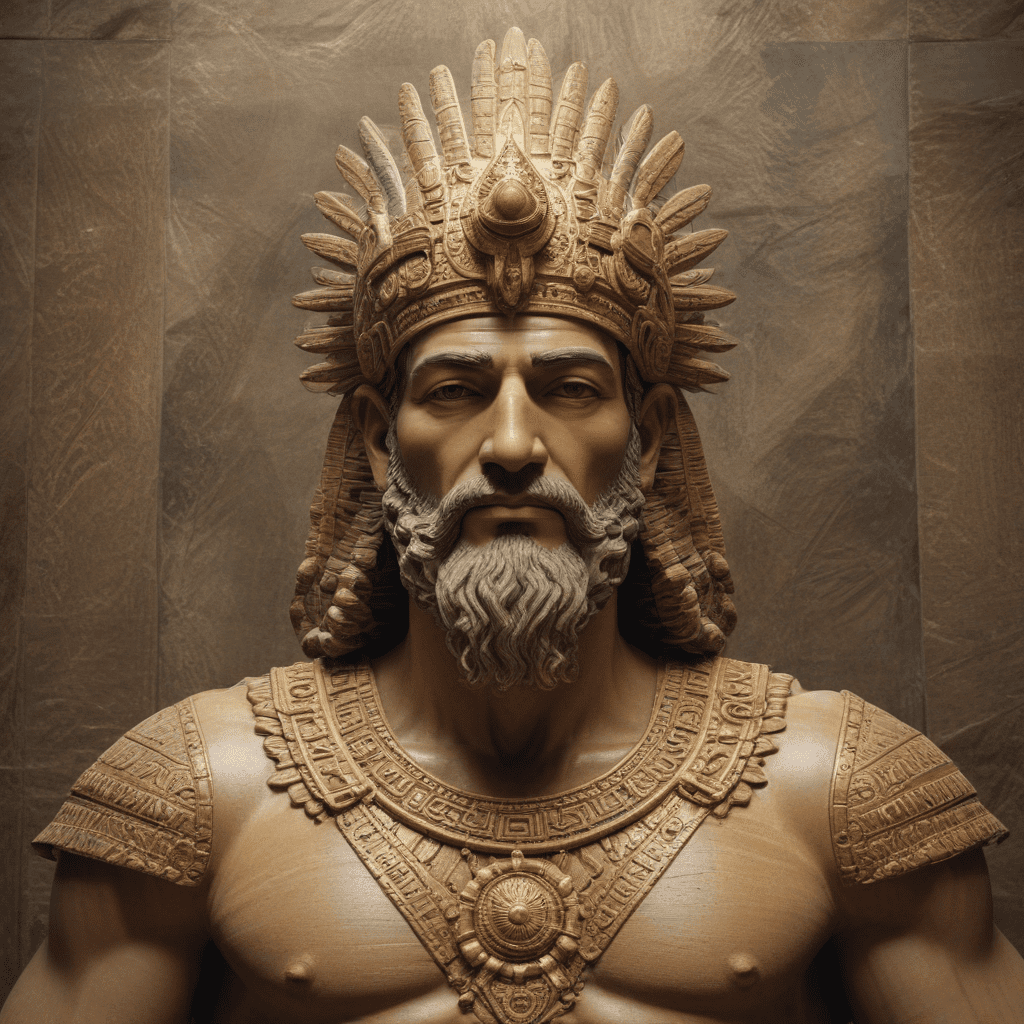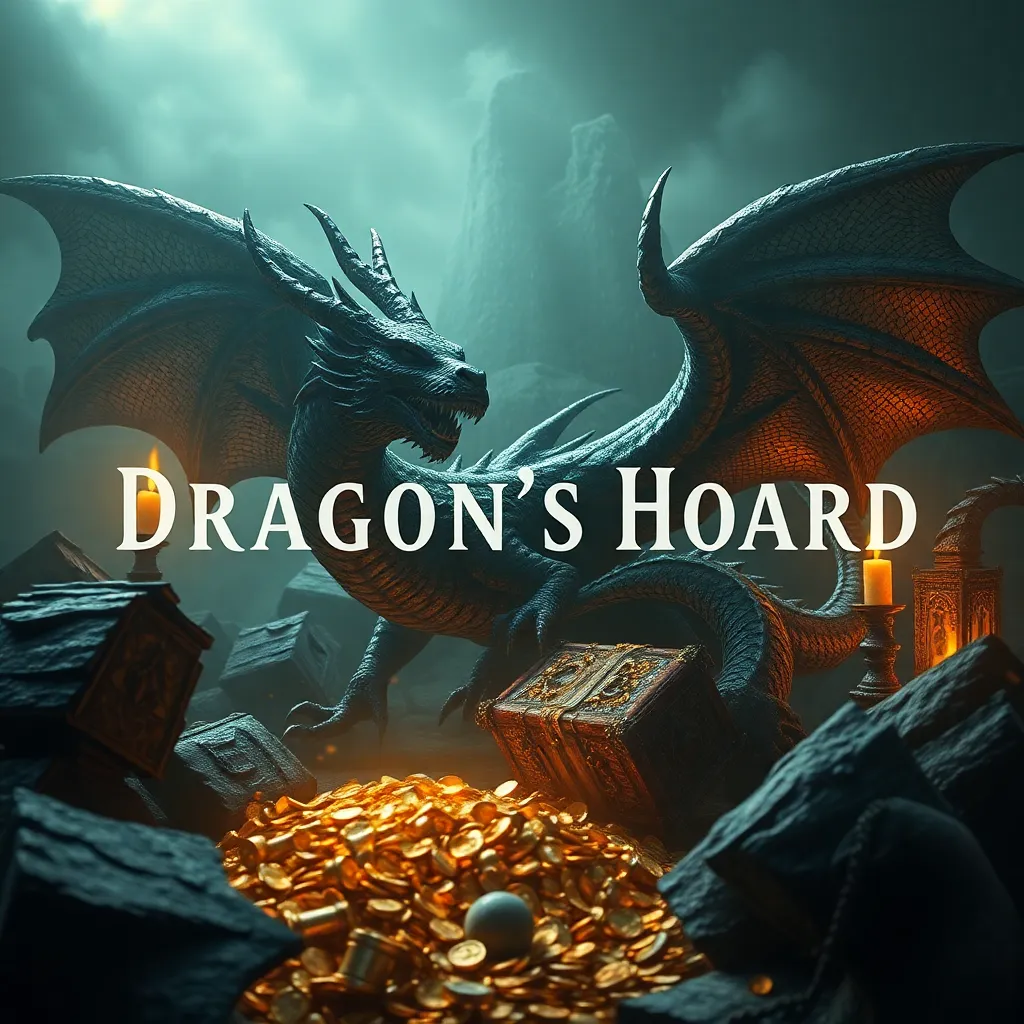Introduction to the Abenaki Tribe
The Abenaki, an indigenous people with deep roots in the northeastern region of North America, hold a rich and captivating mythology that has been passed down through generations. Their beliefs and stories are intricately woven into the fabric of their culture, providing insights into their worldview, values, and connection to the natural world. Exploring the mythology of the Abenaki tribe offers a glimpse into the vibrant and multifaceted tapestry of their cultural heritage.
Creation Myths: The Origin of the Abenaki
At the heart of Abenaki mythology lies the creation story, a narrative that explains the genesis of the tribe and the world they inhabit. According to their beliefs, the creator, known as Malsum, emerged from the depths of the cosmic void and breathed life into the universe. Malsum fashioned the land, sky, and waters, and from the earth, he created the first humans, the Abenaki people. These creation myths provide a profound understanding of the Abenaki's perception of their place within the cosmos and their relationship with the divine.
Sky Spirits and Celestial Deities
The Abenaki pantheon is replete with celestial beings who play pivotal roles in their mythology. Among the most prominent is Tabaldak, the Sun Spirit, who brings warmth, light, and sustenance to the world. His counterpart, Abahwiskwa, the Moon Spirit, governs the night, overseeing dreams and the tides. Other celestial deities include Paskonakwa, the Morning Star, who heralds the dawn, and Matciskwesk, the Evening Star, who marks the twilight's descent. These celestial figures embody the cyclical nature of time and the interconnectedness of the natural world.
Guardian Spirits of Nature
In Abenaki mythology, the natural world is imbued with a profound sacredness, and various spirits are believed to reside within its elements. Mitigwak, the Water Spirit, ensures the abundance of fish and other aquatic resources. Tcoskoba, the Forest Spirit, protects the animals and plants that inhabit the woodlands. And Kokomis, the Earth Spirit, sustains all life and provides nourishment to the tribe. These guardian spirits play a crucial role in maintaining the balance and harmony of the ecosystem, and they are revered and respected as protectors of the natural world.
Animal Spirits and Totemism
The Abenaki hold a deep reverence for the animal kingdom, believing that animals possess spirits and have the ability to communicate with humans. Certain animals are considered to be totems, representing specific clans or families within the tribe. The Bear, Wolf, Turtle, and Eagle are among the most revered totems, embodying qualities such as strength, wisdom, longevity, and courage. Totemic beliefs foster a sense of connection between the Abenaki people and the animal world, emphasizing the interdependence of all living things.
6. Trickster Figures and the Role of Gluskabe
The Abenaki mythology also features trickster figures, notably Gluskabe, who embodies both wisdom and mischief. Gluskabe is a shapeshifter who can assume various forms, including animals and humans. His stories often involve outsmarting others or playing tricks, yet they also convey important lessons about morality and the consequences of one's actions. Gluskabe represents the complexities of human nature and the paradoxical coexistence of good and evil within individuals.
7. The Wabanaki Confederacy and Their Shared Mythology
The Abenaki are part of the larger Wabanaki Confederacy, which includes several other tribes in the northeastern United States and Canada. While each tribe has its unique cultural practices, they share a common mythological heritage. The Wabanaki creation story, for instance, is largely similar across the confederacy, emphasizing the role of Malsum as the creator and the origins of the Abenaki people. This shared mythology strengthens the bonds between the Wabanaki tribes and fosters a sense of collective identity.
8. Storytelling and Oral Traditions
Storytelling plays a vital role in preserving and transmitting Abenaki mythology. Elders and storytellers within the community pass down tales from generation to generation, ensuring the continuity of cultural knowledge. These stories are often told around campfires or during gatherings, captivating audiences with their rich imagery and moral lessons. Storytelling serves as a means of cultural preservation, connecting the Abenaki people to their past and shaping their present-day beliefs and practices.
9. Connections to the Natural World
The Abenaki mythology is deeply intertwined with the natural world. The tribe holds a profound respect for the environment and believes in the interconnectedness of all living things. Their creation stories emphasize the role of the Earth Spirit, Kokomis, in sustaining life and providing for the Abenaki people. This connection to nature is reflected in their daily practices, such as hunting, fishing, and gathering, which are guided by a deep understanding of the natural world and its resources.
10. Modern-Day Interpretations and Preservation of Abenaki Mythology
In contemporary times, the Abenaki tribe continues to preserve and interpret their mythology. Cultural organizations, museums, and educational institutions play a crucial role in documenting and sharing Abenaki stories and beliefs with the broader public. Artists and performers incorporate mythological elements into their work, ensuring that the legacy of Abenaki mythology remains vibrant and relevant in modern-day society. Through these efforts, the Abenaki people safeguard their cultural heritage and foster a deeper understanding of their unique worldview and connection to the land.
Frequently Asked Questions (FAQs)
Q: Who is the creator deity in Abenaki mythology?
A: Malsum is the creator deity in Abenaki mythology, who is believed to have breathed life into the universe and created the Abenaki people.
Q: What is the significance of animal totems in Abenaki culture?
A: Animal totems represent specific clans or families within the Abenaki tribe and embody qualities such as strength, wisdom, longevity, and courage, fostering a sense of connection between the people and the animal world.
Q: How is Gluskabe portrayed in Abenaki mythology?
A: Gluskabe is a trickster figure who embodies both wisdom and mischief and often appears in stories to outsmart others or play tricks, conveying important lessons about morality and the consequences of actions.
Q: What role does storytelling play in Abenaki culture?
A: Storytelling is vital in Abenaki culture, as elders and storytellers pass down tales from generation to generation, ensuring the continuity of cultural knowledge and connecting the people to their past and present-day beliefs.
Q: How is Abenaki mythology preserved in modern times?
A: Abenaki mythology is preserved through cultural organizations, museums, educational institutions, artists, and performers who document, share, and incorporate mythological elements into their work, ensuring its relevance and vibrancy in contemporary society.



